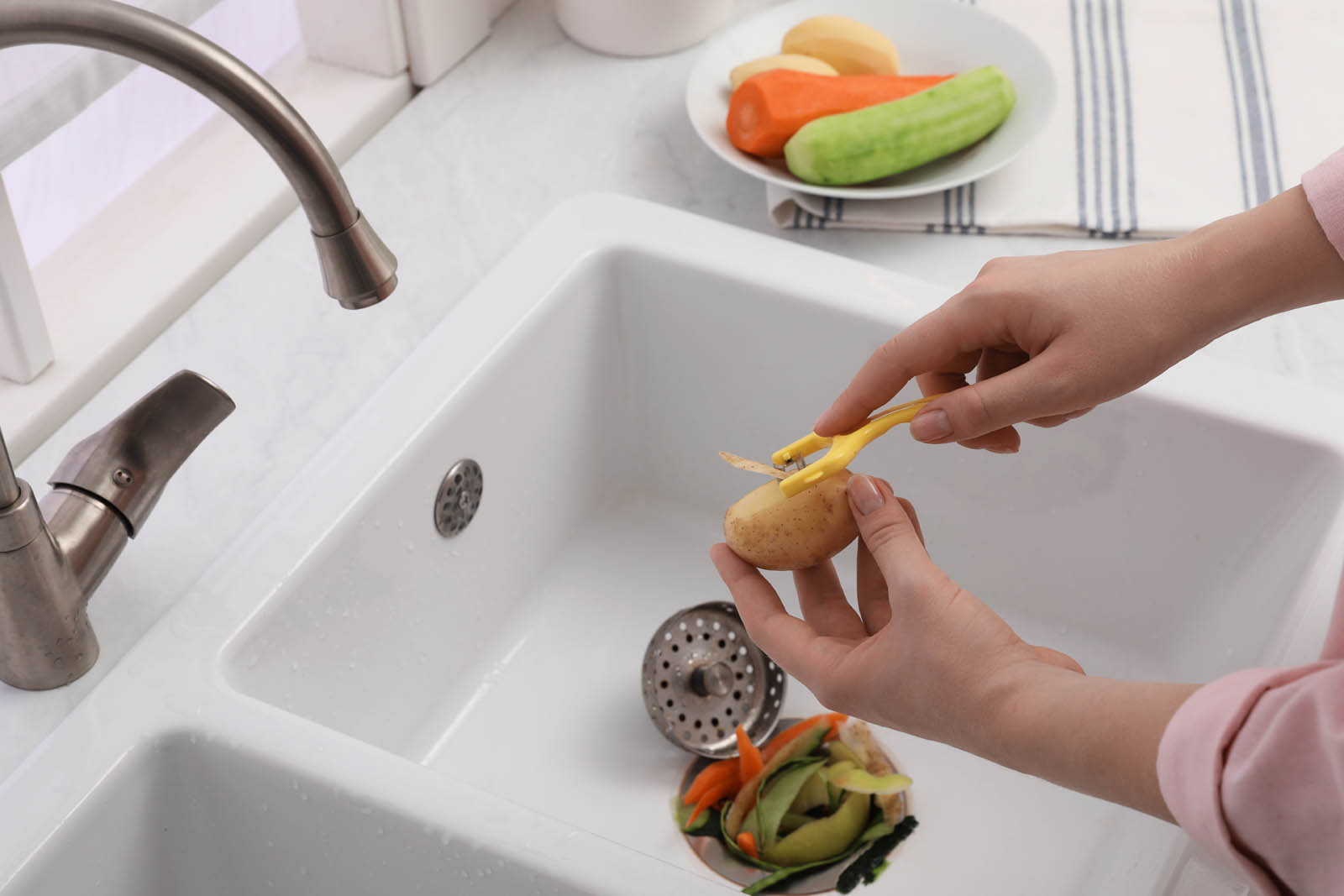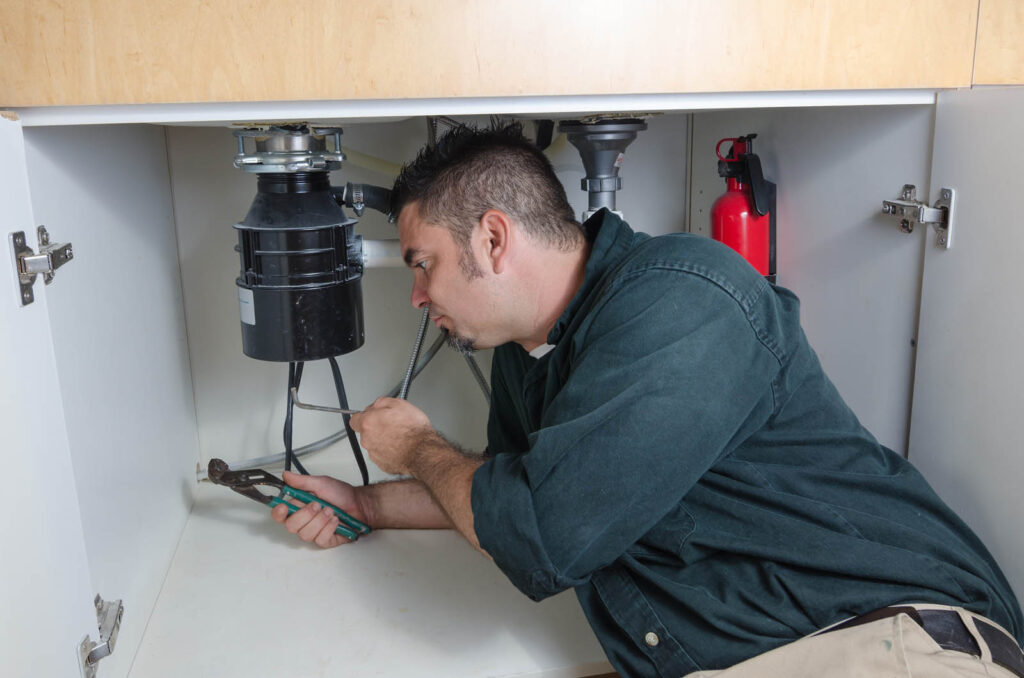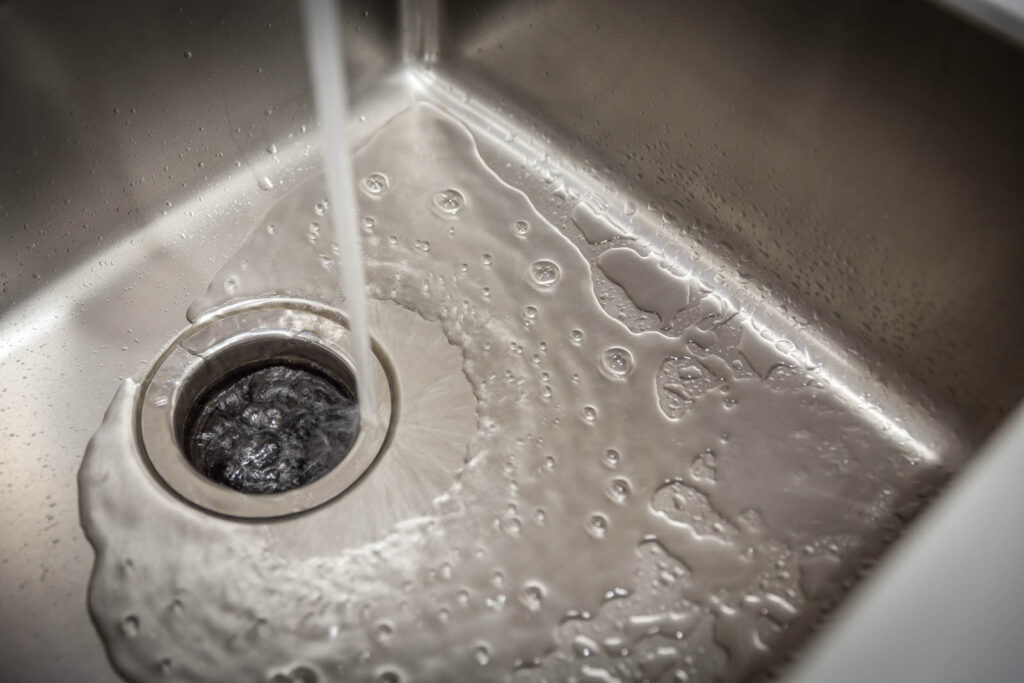
overview
A major electronics company and its food-waste disposer (FWD) brand offered several tiered models: good, better, best. The company had conducted prior concept and communication development research to identify and measure the importance of the different dimensions consumers use to evaluate FWDs before purchase; however, little research had been done to assess how consumers evaluate performance after purchase.
The company partnered with C+R to conduct comprehensive research into the factors that consumers use to evaluate FWDs and the extent to which they’re able to discriminate between different tiers. The findings helped the brand better position the premium model within their portfolio.
THE PROBLEM
Seeking a Holistic Understanding of How Consumers Use Food Waste Disposers
A major electronics company lacked a holistic understanding of how consumers use FWDs (our client’s brand, as well as similarly-priced competitive brands). They wanted to know more about ease of installation, under-sink space required, the type/size of food waste accommodated, throughput (time to complete grind), completeness of grind (residue), output particle size, and noise level.
Another area of interest was how consumers gauge performance. Typically, FWDs lack electronic controls (i.e., sensors, light on kitchen counter area) that communicate how a job is progressing, when it’s completed, and how thoroughly it was performed. As such, consumers rely heavily on auditory cues, visual inspection, and/or putting an implement or hand into the cavity (not when on!) to gauge success.
Ultimately, the company wanted to a) determine the extent to which consumers can discriminate between levels of benefits; and b) identify features that drive satisfaction in the FWD experience.

OUR APPROACH
Video Ethnographies and a Central Location Test
C+R designed a multi-phase approach leveraging qualitative and quantitative methods.
Phase I qualitative consisted of nine in-home video ethnographies to identify the criteria consumers use to evaluate food-waste disposer models. To participate, consumers had to agree to have their current disposer upgraded to the premier model (the price, tier, and brand were masked). The conversation started with an evaluation of their current unit, including performance variables/cues and unmet needs, and then progressed to an evaluation of the new, premier food-waste disposer. When comparing FWD units, participants processed standardized food waste (chicken bones, vegetable/fruit matter). A list of critical performance criteria emerged from this phase, and included food type, particle size, capacity, grind time, grind effort, residue, vibration, sound level, and grind completion.
In Phase II quantitative, C+R conducted a central location test at a professional kitchen containing eight sinks with FWD units – the client’s three models and one competitive model. Researchers facilitated 80 triangle tests across participants to understand if the models could be distinguished from one another. Within each test, the respondent loaded a pre-cut batch of food waste into the chamber, turned on water and then turned on the disposer; they let the disposer run until they sensed it was finished. Respondents did this activity across three disposers: two were the same, one was different. The disposer operation was timed from start to finish. After testing each food waste disposer, respondents completed a survey evaluating their experience before moving on. After operating all three disposers, respondents completed a survey and chose which one was different from the other two.

The result
A Hierarchy of Performance and Satisfaction
C+R’s research revealed that consumers evaluated FWD performance using a number of factors, including:
- Grind efficiency
- Completeness of the disposer operation
- Durability
- Disposer time
- Sensory cues/sounds
- Mess
- Safety
With these factors in mind, we identified a hierarchy of performance and satisfaction across the models tested. The research validated that users experienced a noticeable difference and higher satisfaction when moving from the lower tier to the premier model. The premier model also generated greater satisfaction than competitive models.
Equipped with this information, the brand priced and marketed the premier model at a higher level of performance that they were confident consumers would notice. The research also helped the brand communicate differences between each model and craft a clear step-up story.
This project was logistically complex in the product itself, its installation, the experience (including creating multiple identical batches of food “waste” to dispose of), and the analyses. But it was executed flawlessly and resulted in actionable learnings.


proven experience
related case studies
